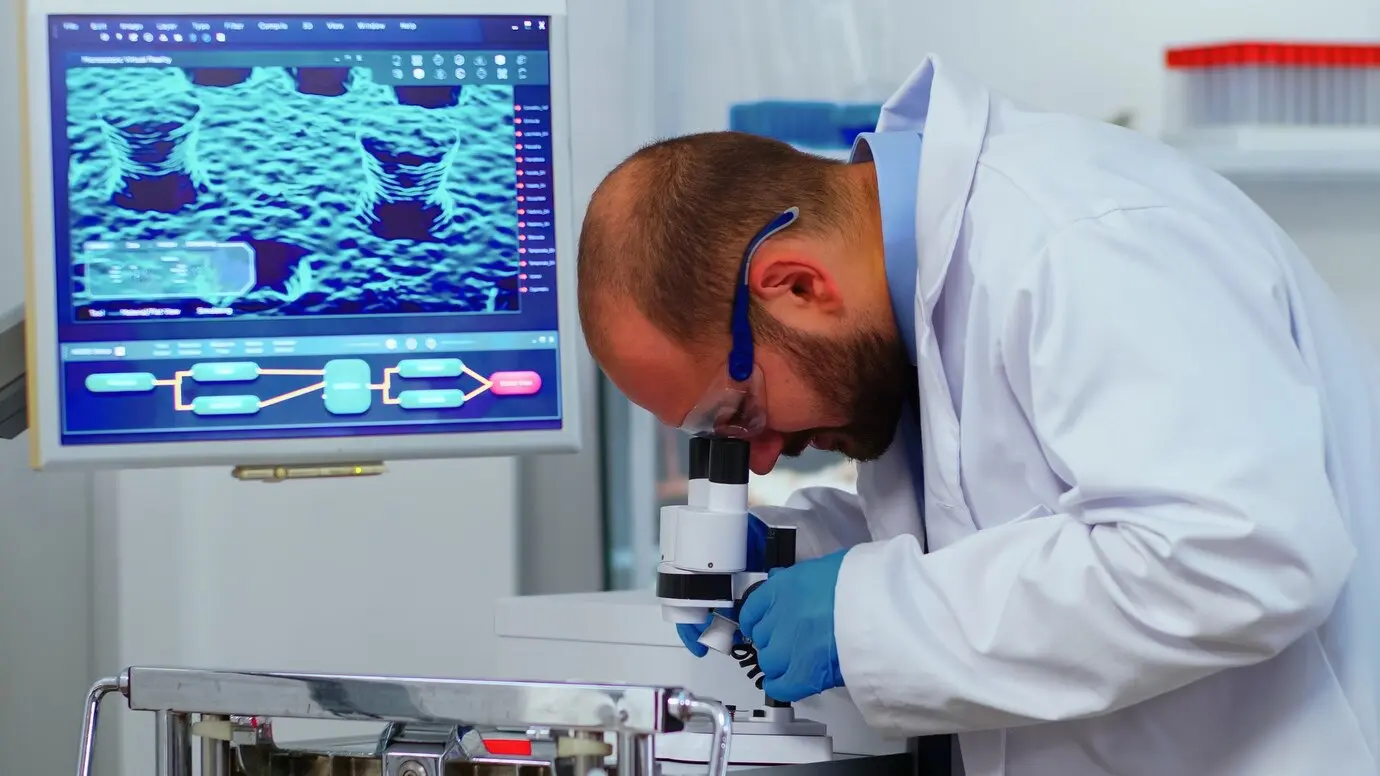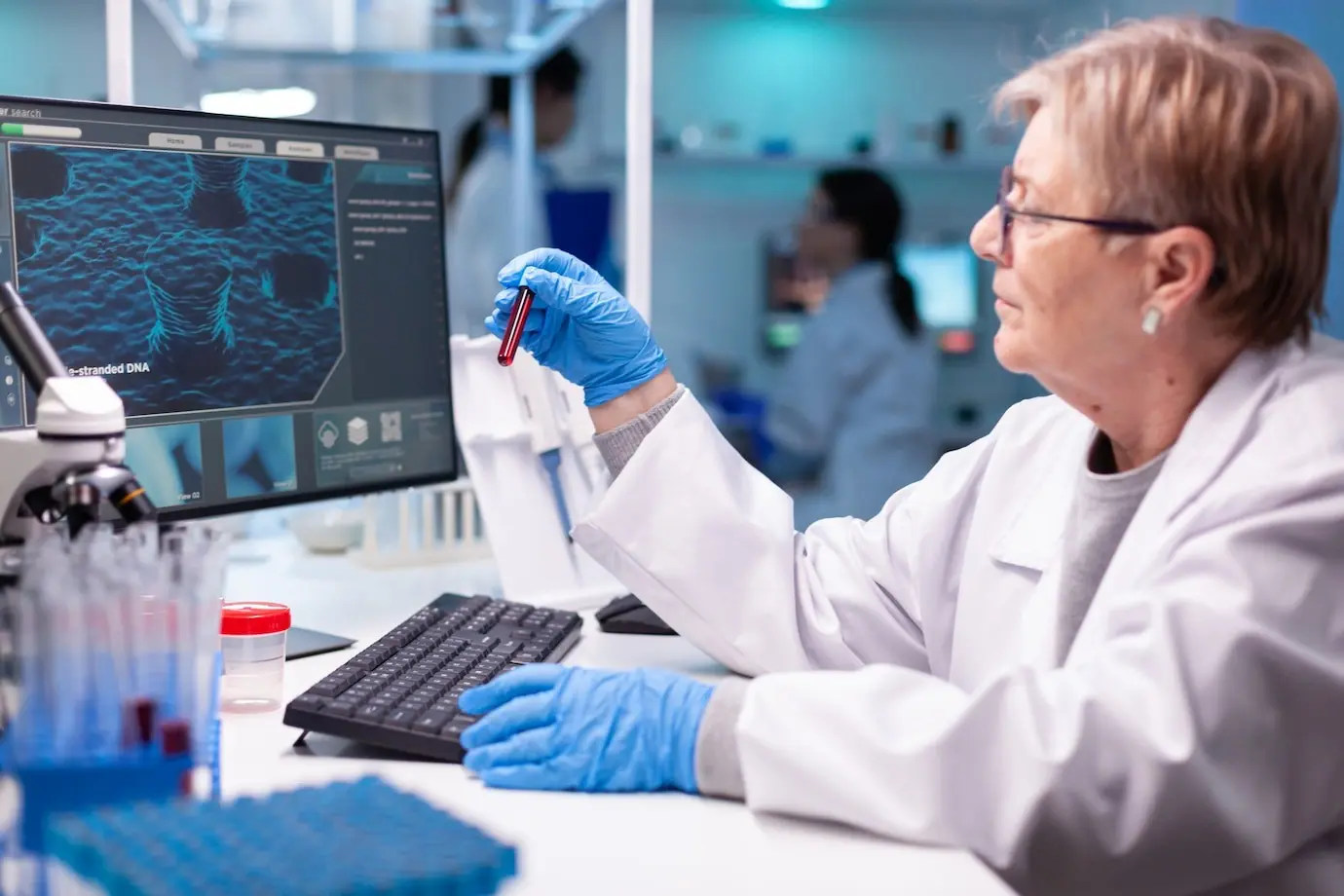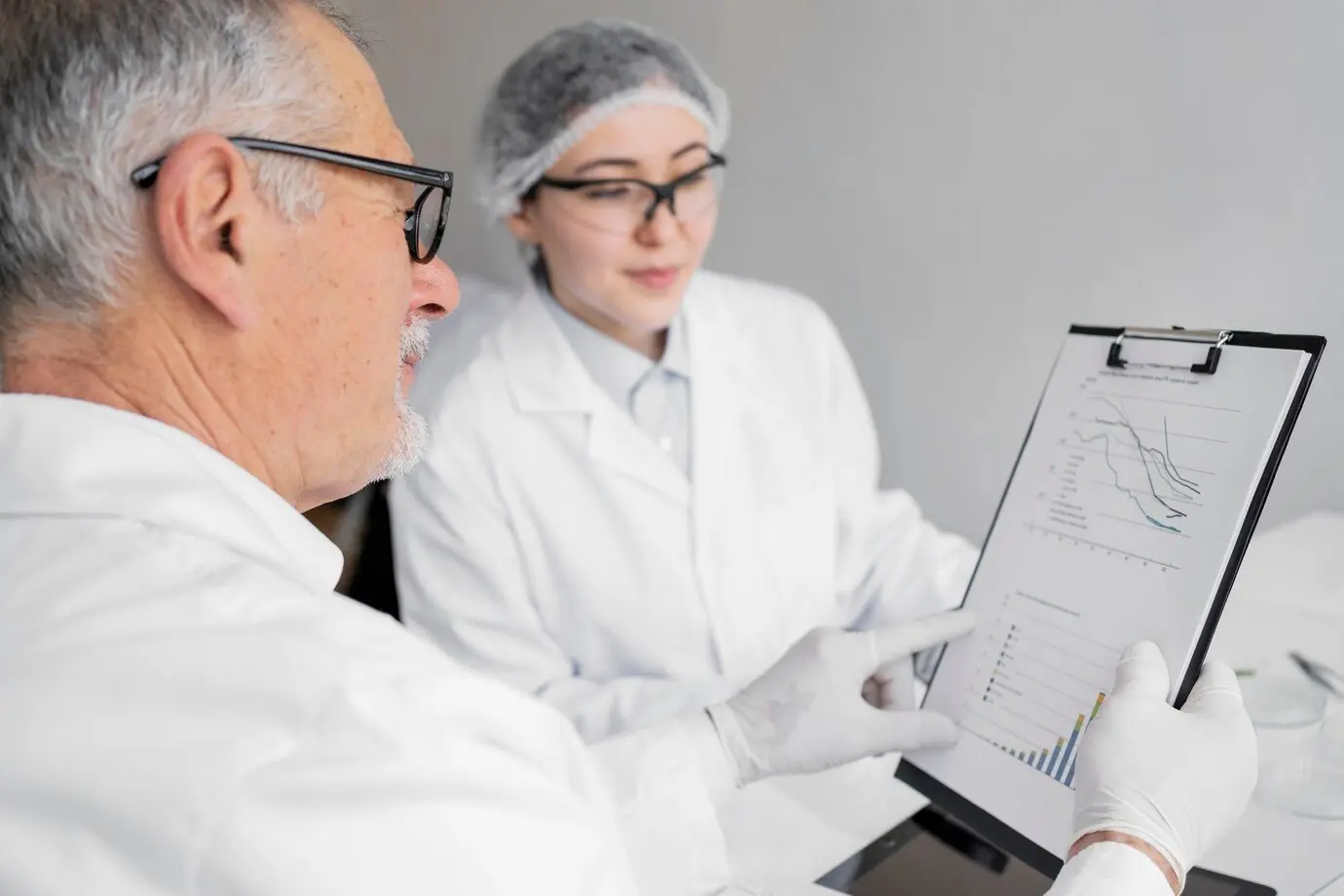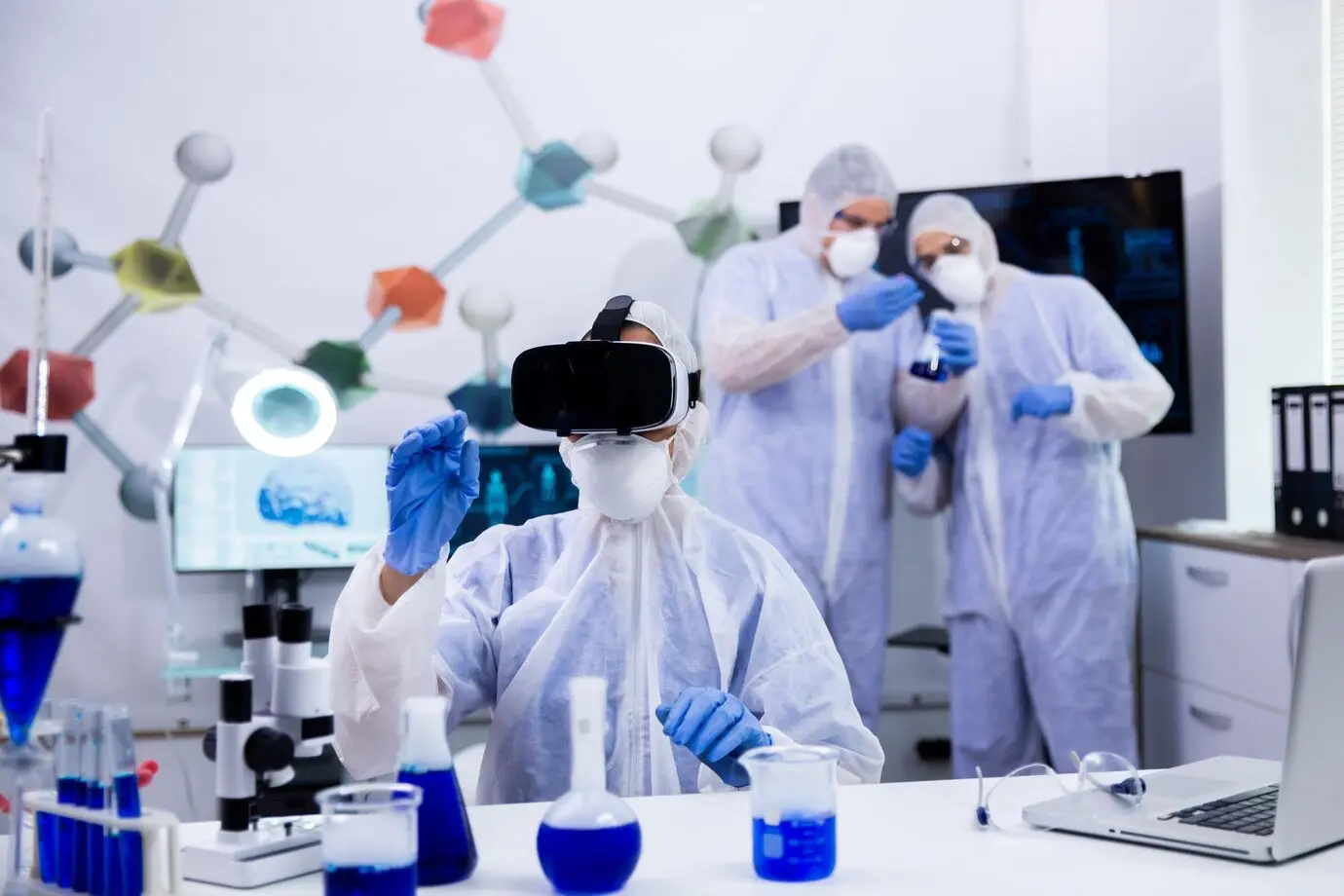
Starting a new MOHS laboratory is an exciting venture for dermatology practices that focus on skin cancer treatment, particularly the MOHS micrographic surgery which is renowned for its high cure rates in treating basal cell carcinoma and squamous cell carcinoma.
If you’re considering establishing a MOHS lab, understanding the financial commitment involved is crucial. This article aims to guide you through the expenses related to setting up and operating a new MOHS lab, covering everything from equipment costs to staffing. Medera Medical can help guide you through the entire process!
Initial Investment: Equipment and Technology

One of the most significant expenditures in establishing a MOHS lab is the investment in specialized equipment. A fully functional MOHS laboratory requires a range of instruments and machines, such as microtomes for slicing tissue specimens, cryostats for freezing tissue, histotech stations, and various staining tools. Additionally, a robust digital imaging system might be necessary to enhance diagnostic accuracy.
The cost of this equipment can vary widely. Microtomes and cryostats are usually the most expensive, with prices ranging from $10,000 to $50,000 each, depending on the brand and specifications. Basic histotech setups can start around $5,000. On the other hand, advanced digital pathology systems can cost upwards of $100,000. Therefore, a new lab could easily see initial equipment expenditures approaching $200,000 to $300,000.
Renovations and Lab Design
The physical setup of your lab is another area where costs can quickly add up. Most MOHS labs require renovations to create a controlled environment that complies with regulatory standards for safety and efficiency.
This includes proper ventilation systems, adequate electrical supplies, and specific layouts that support the workflow of tissue processing and examination.
The extent and cost of renovations can differ based on the existing space. Minor adjustments might cost a few thousand dollars, while extensive renovations could easily exceed $100,000. It’s crucial to collaborate with an experienced contractor who understands the specific needs of a medical lab to keep these costs in check.
Staffing and Training

Skilled staff are essential for the successful operation of a MOHS lab. This includes histotechnicians or histotechnologists who specialize in tissue processing and staining, as well as potentially a dedicated lab manager to oversee operations.
Salaries for these positions vary by region but generally range from $50,000 to $70,000 per year for histotechnicians and higher for more experienced or managerial roles.
In addition to salaries, consider the cost of training and certification. Ensuring your staff is well-trained in MOHS-specific procedures can involve additional expenses for courses, certification exams, and ongoing education to stay abreast of advancements in dermatopathology.
Compliance and Accreditation
Compliance with health and safety regulations is not just critical for legal operation but also for ensuring the quality and reliability of diagnostic results. This includes meeting the standards set by organizations such as the College of American Pathologists (CAP) or the Clinical Laboratory Improvement Amendments (CLIA).
The cost of accreditation includes application fees, preparation for inspections (which may involve consultant fees), and ongoing compliance activities. Initial accreditation can cost upwards of $10,000, with additional costs for annual fees and re-inspection every two to three years.
Ongoing Operational Costs
Beyond the initial setup, running a MOHS lab involves several recurring expenses. These include consumables such as chemicals for staining, slides, coverslips, and maintenance fees for equipment. Depending on the volume of cases the lab handles, these costs can range from $2,000 to $10,000 per month.
Utilities such as electricity and water, along with other overheads like insurance and administrative expenses, also add to the monthly operational costs. Managing these effectively involves careful planning and budgeting.
Strategic Planning for Sustainability

Finally, planning for the long-term sustainability of your MOHS lab is as important as managing immediate costs. This includes setting aside funds for equipment upgrades, future expansions, and unexpected expenses. It also involves analyzing market trends in dermatology and pathology to adapt your services to meet changing demands.
Marketing Your MOHS Lab
Once your MOHS lab is up and running, marketing becomes an essential strategy to ensure its growth and sustainability. Attracting dermatologists and clinics to utilize your lab requires effective communication of your lab’s capabilities, accuracy, and efficiency in tissue processing and diagnosis.
The development of a comprehensive marketing plan involves website development, professional networking, and possibly engaging a sales team to reach potential clients. The costs associated with these activities can vary widely but typically start from a few thousand dollars for basic marketing materials to much more for extensive digital marketing campaigns or a dedicated sales force.
Technology Upgrades and Maintenance

In the fast-evolving field of medical technology, staying updated is crucial. This not only involves the initial purchase of cutting-edge equipment but also periodic upgrades to keep up with advancements in technology that can enhance accuracy and efficiency in histopathological diagnosis.
Regular maintenance is essential to ensure equipment operates at peak efficiency, which can involve service contracts with equipment providers. The costs for maintenance contracts and technology upgrades can range from 10% to 20% of the original equipment cost per year.
Building a Network of Expertise
A successful MOHS lab is not just about having the right tools and processes but also about building a network of expertise. This can include collaborations with experienced dermatologists, oncologists, and other medical professionals.
Establishing relationships with these professionals not only helps in getting referrals but also in ensuring that the lab stays abreast of the latest surgical and diagnostic techniques. Building such a network might involve attending conferences, hosting seminars, and other forms of professional engagement, with associated costs that can vary depending on the scale and frequency of these activities.
Quality Control and Continuous Improvement
To maintain the highest standards of diagnostic precision, continuous quality control is paramount. This includes regular audits, both internal and by third parties, to ensure compliance with industry standards and to identify areas for improvement.
The costs related to these quality control measures, including third-party auditing services, can be significant but are critical for maintaining the trust and reliability that clients place in your lab.













